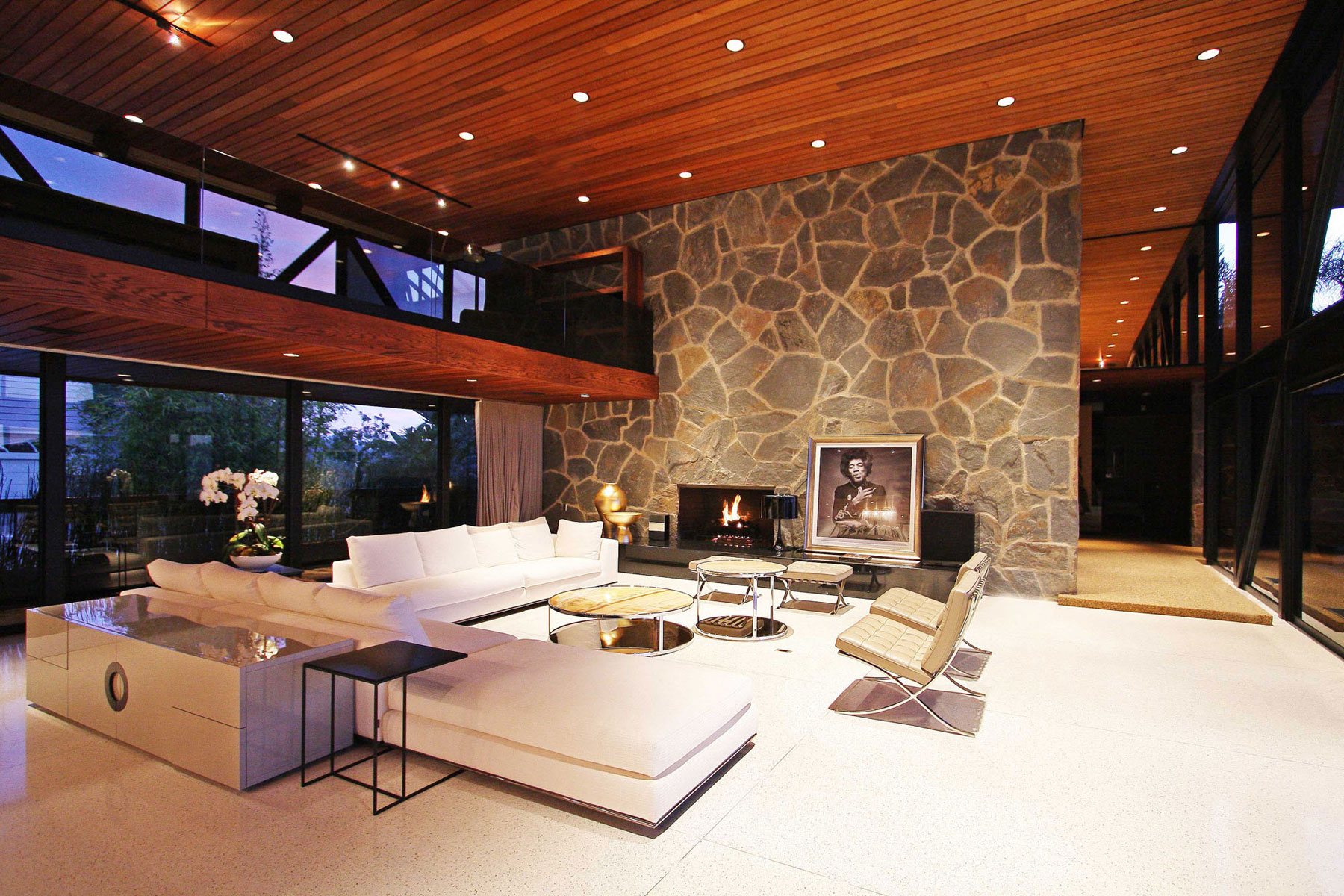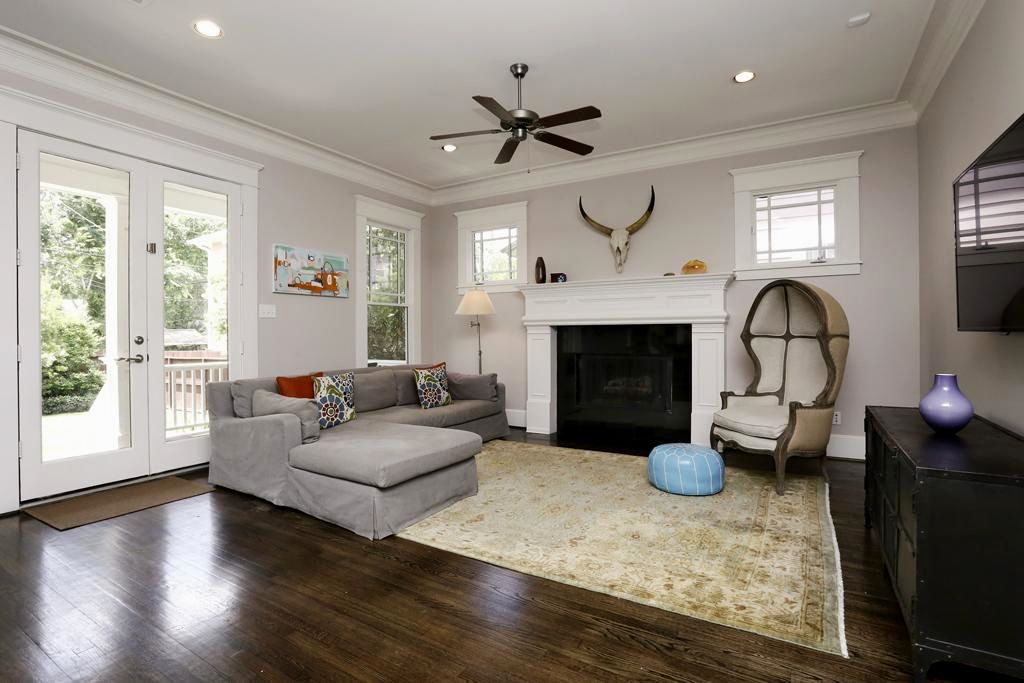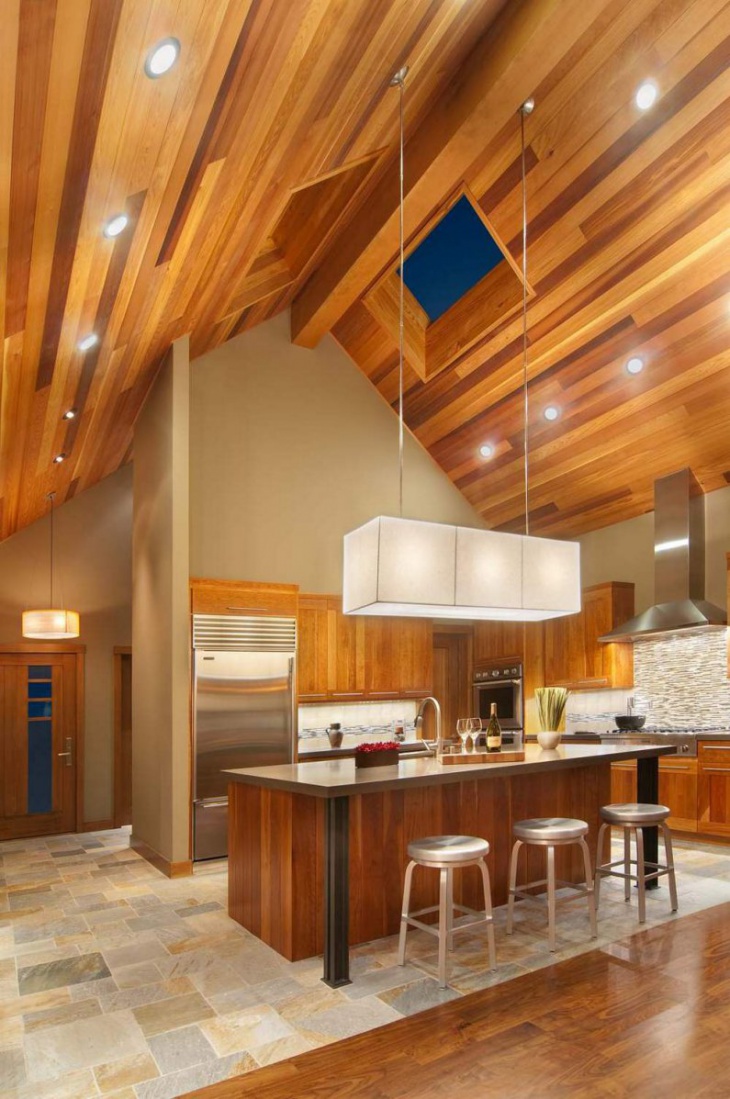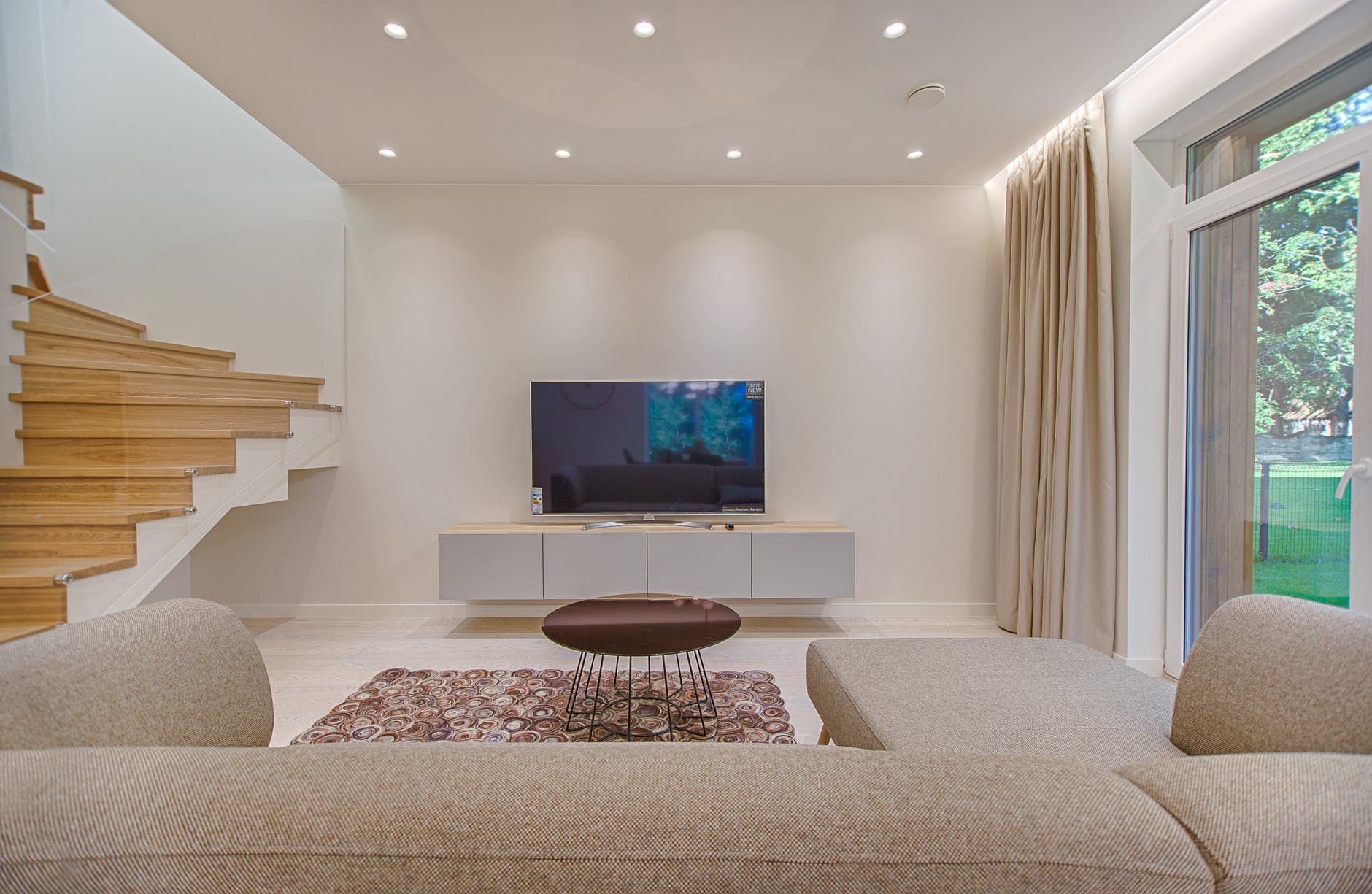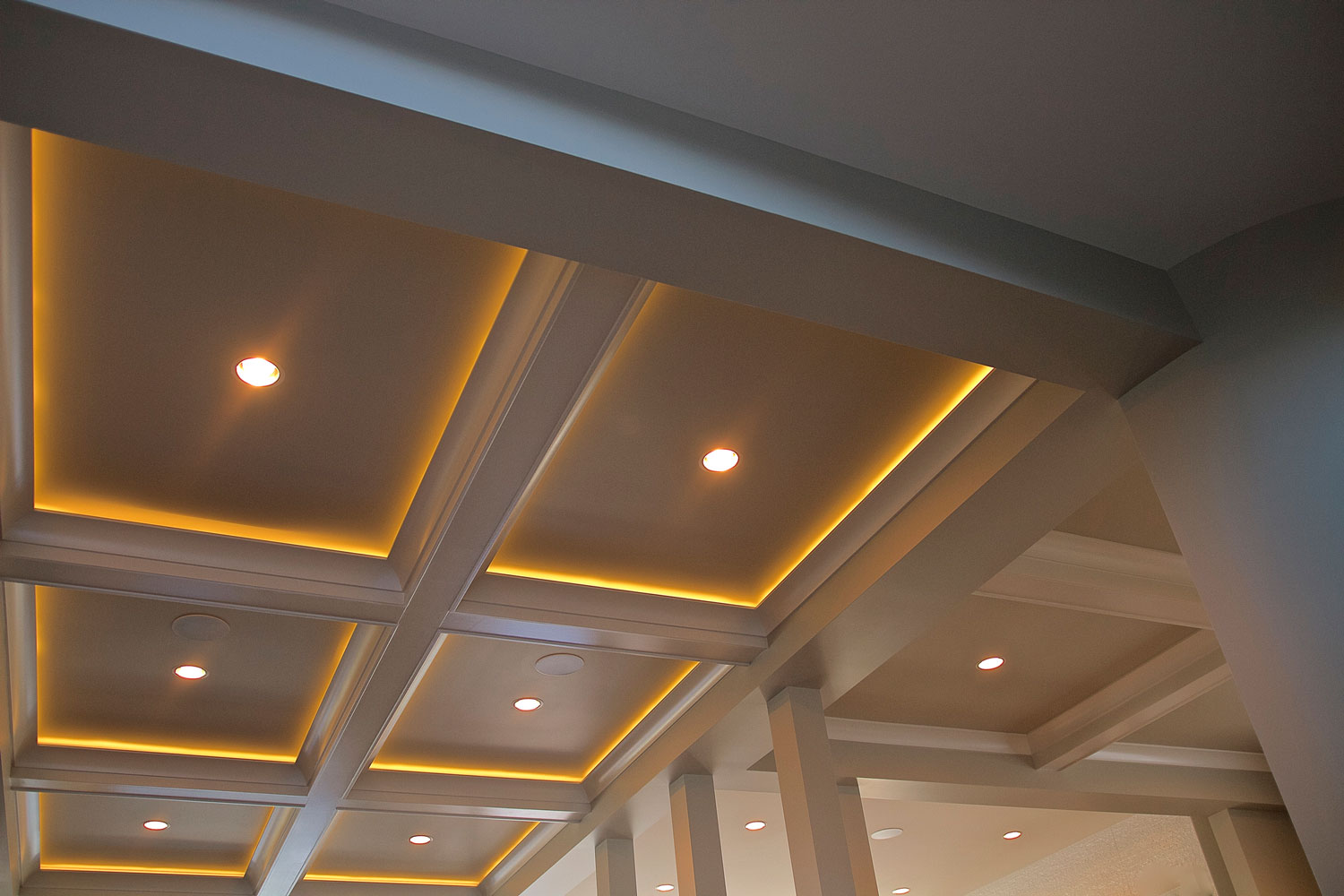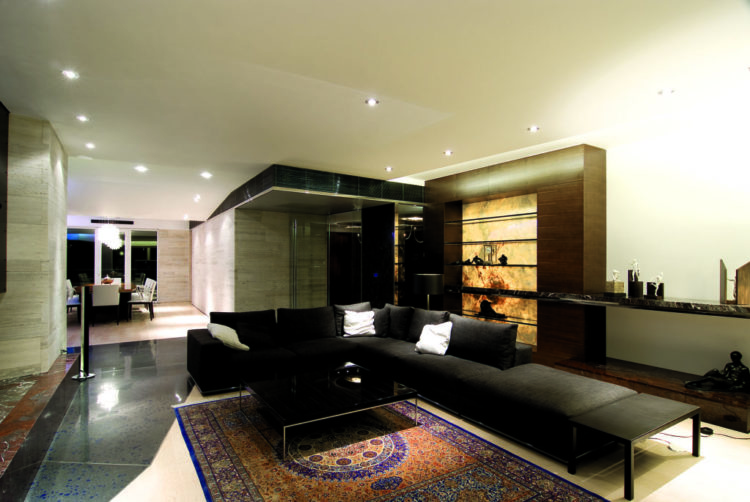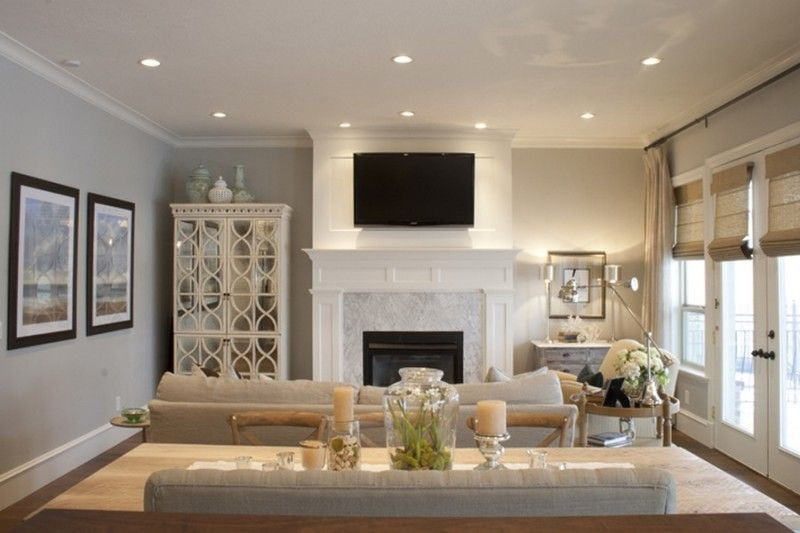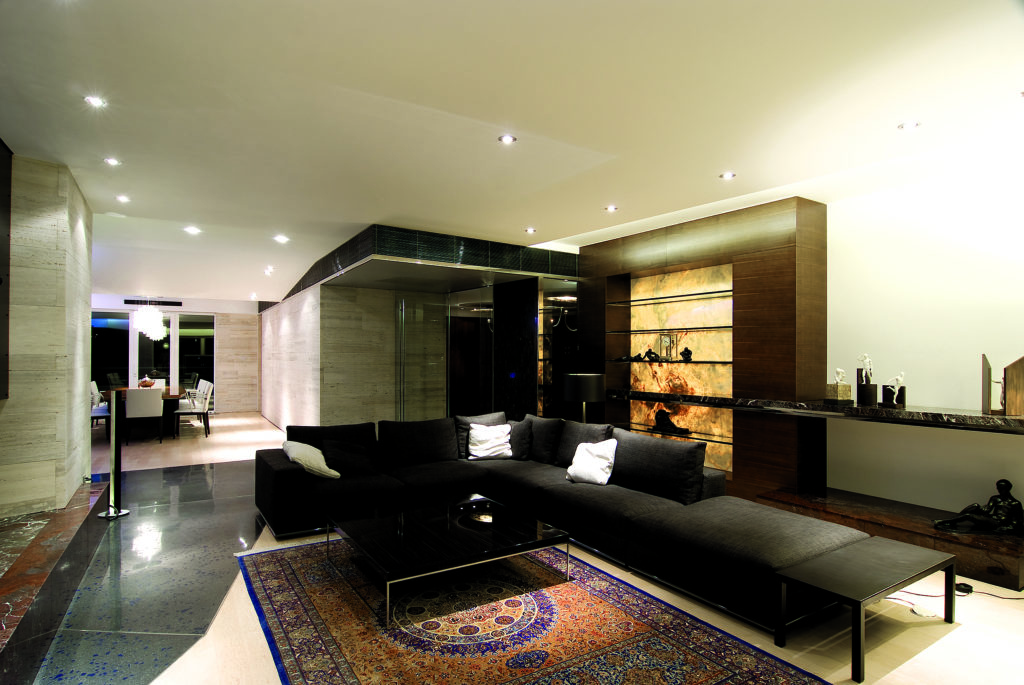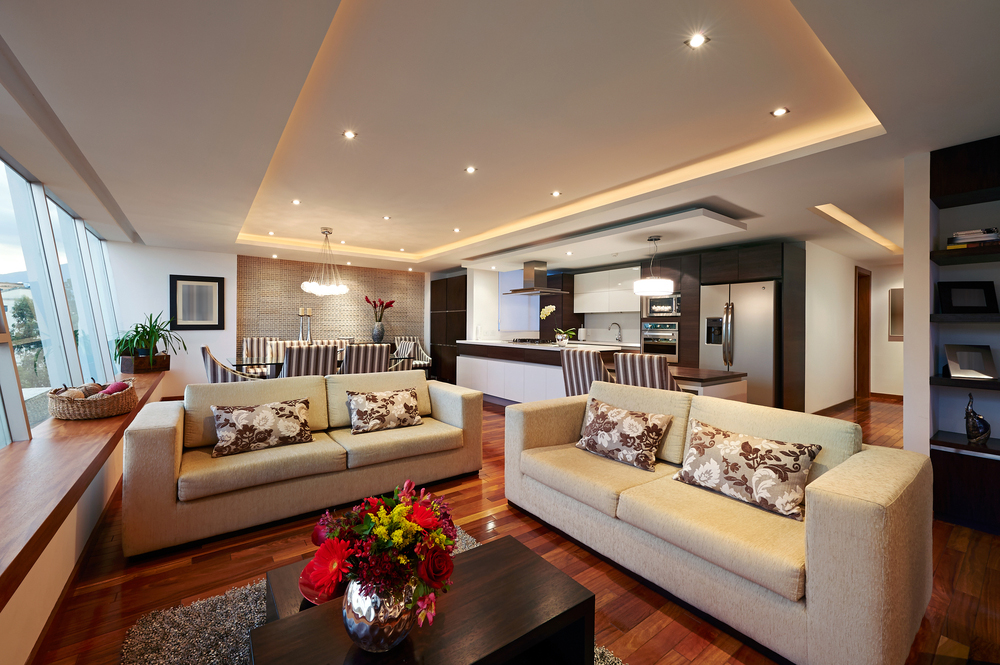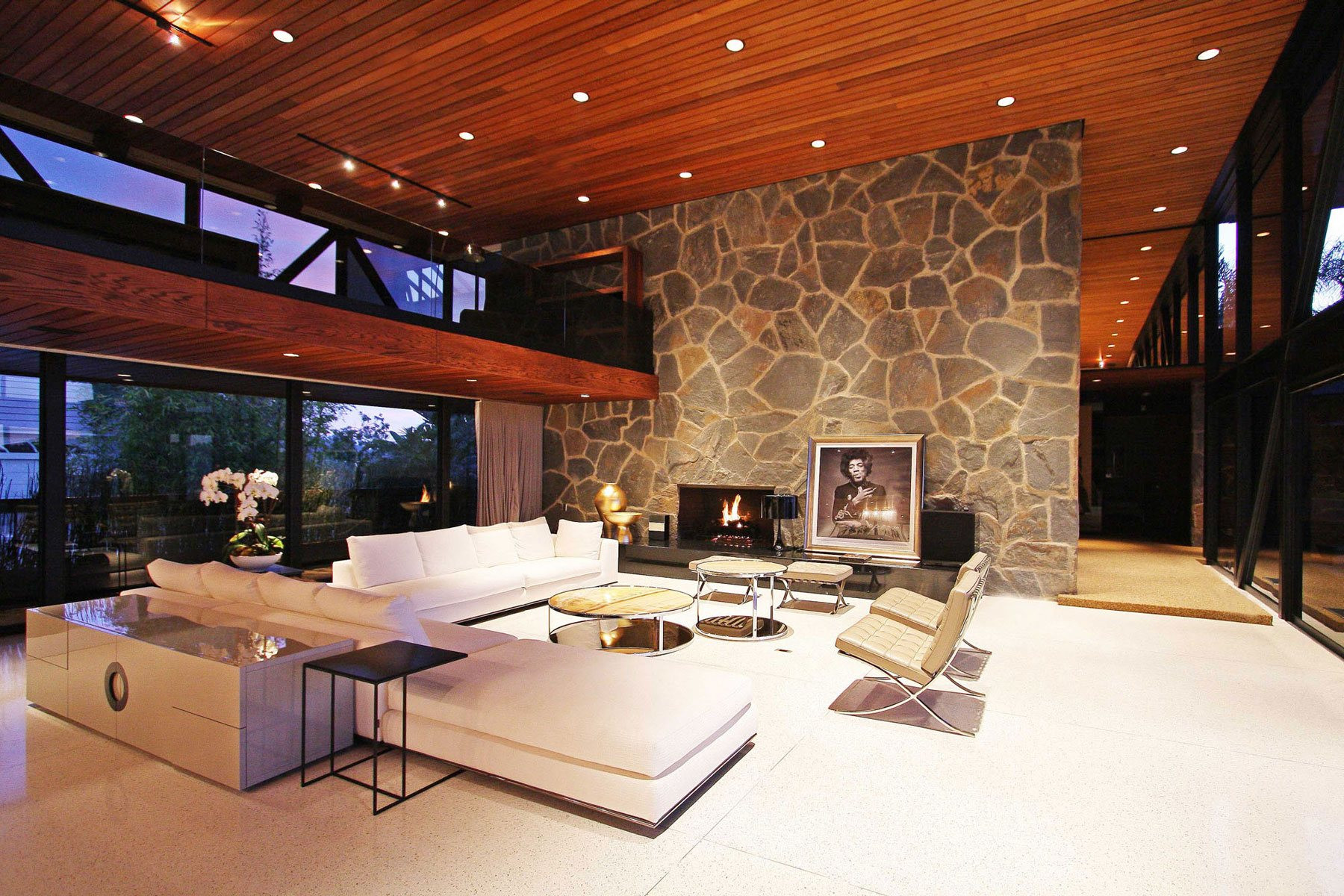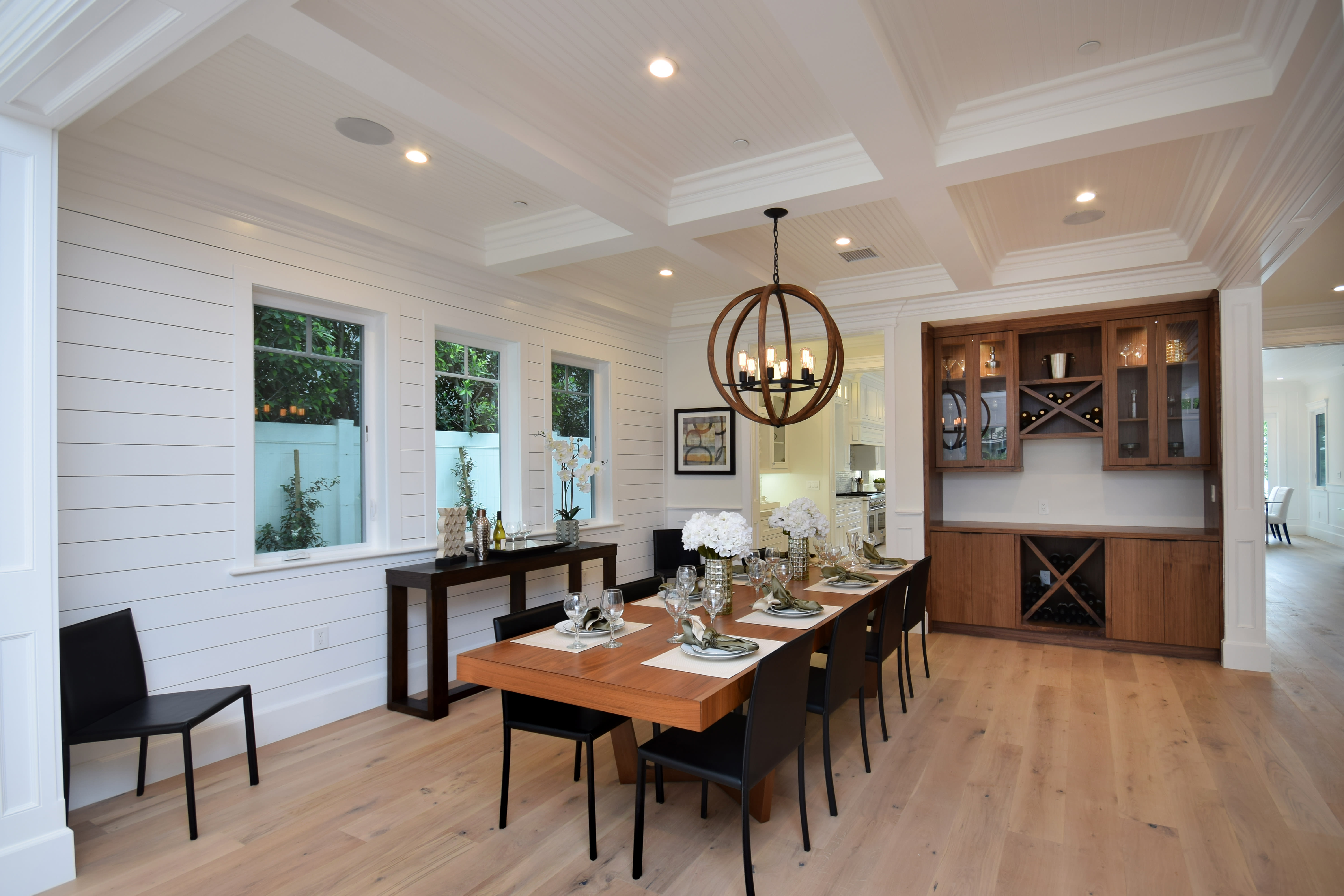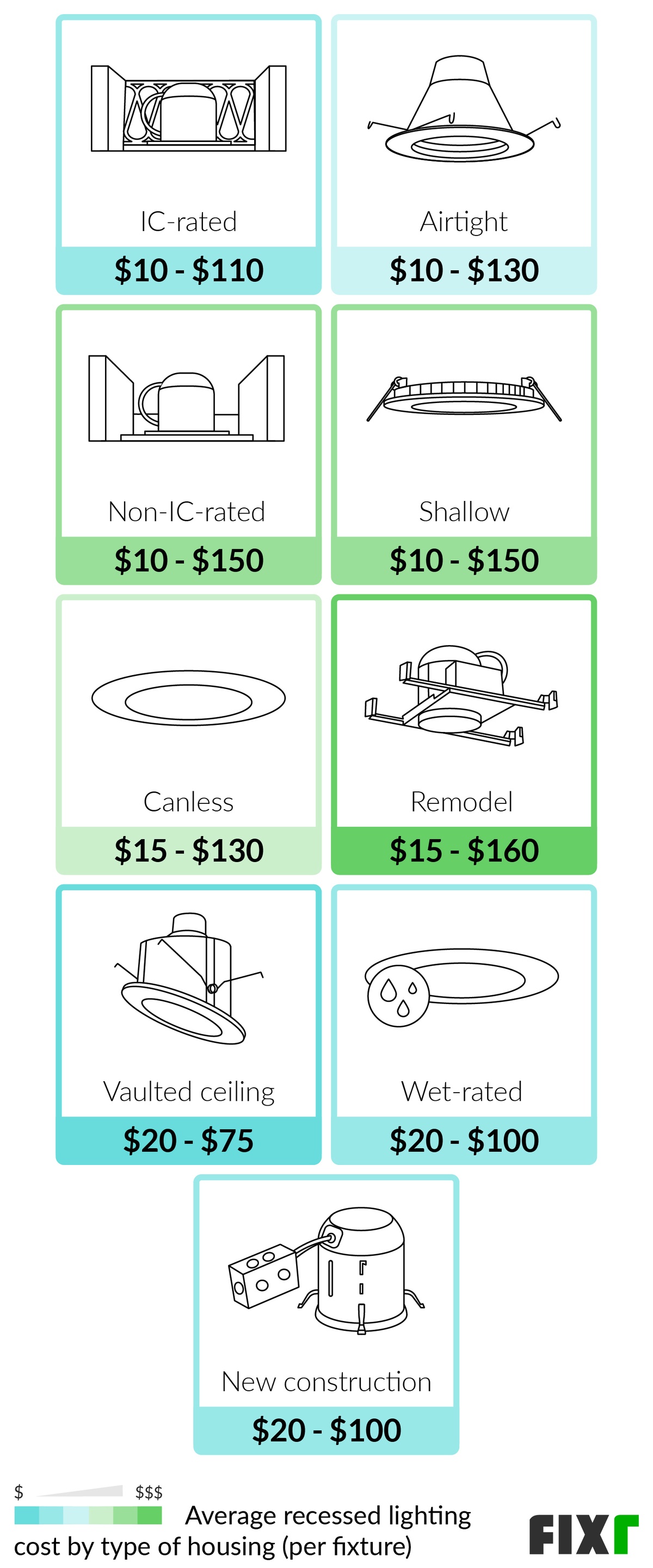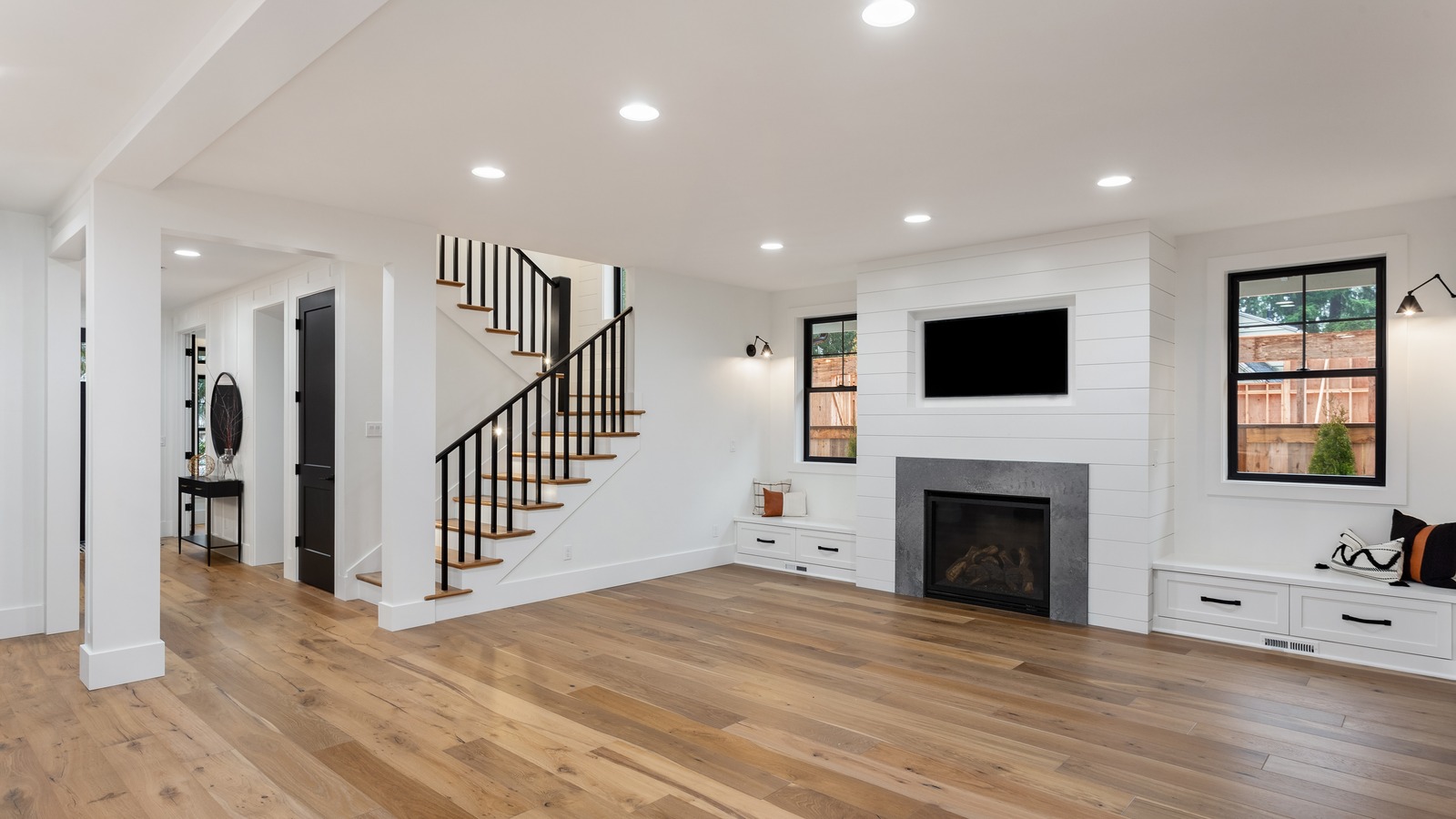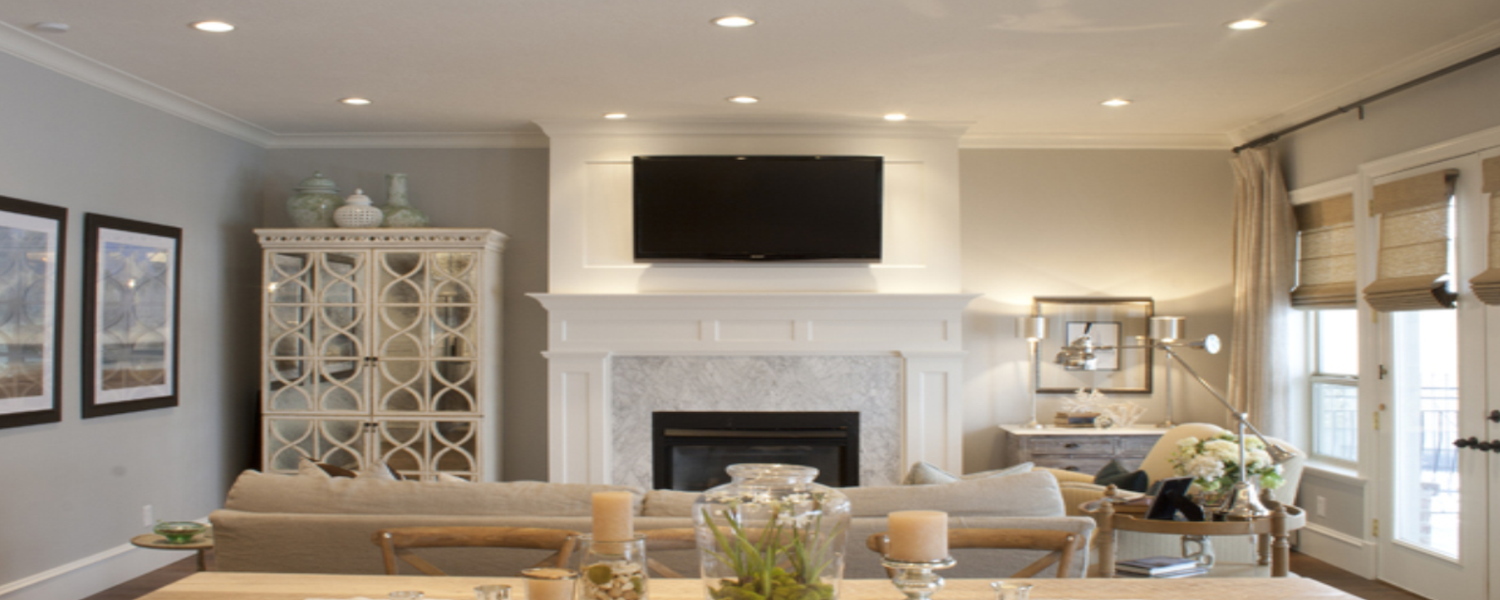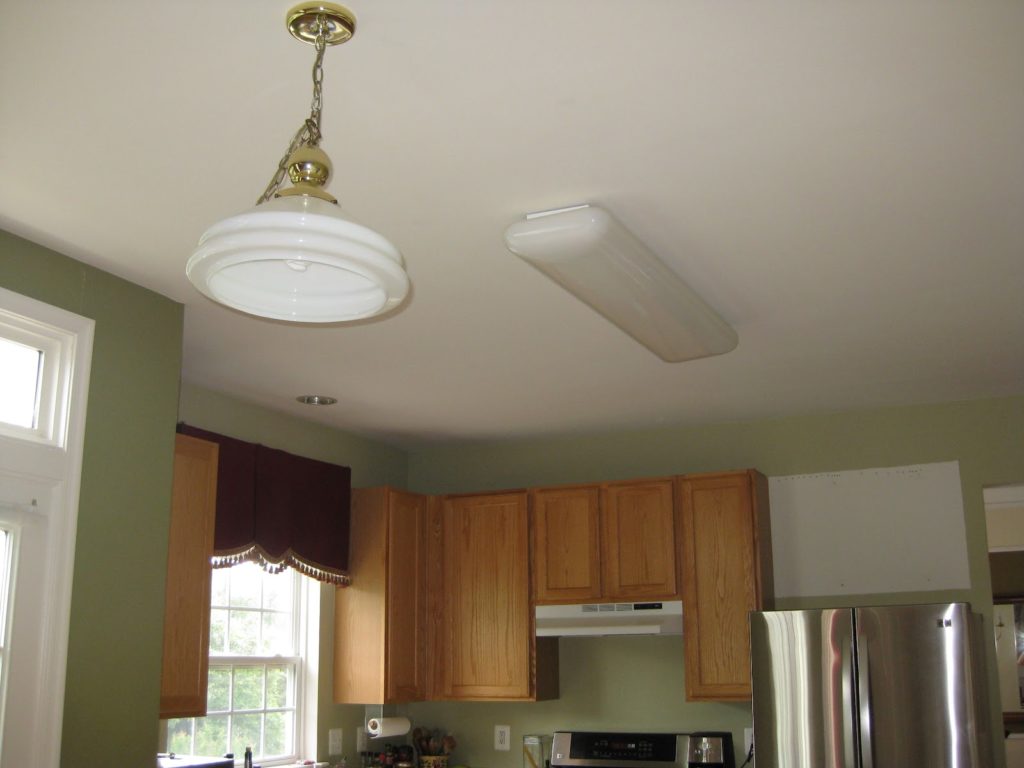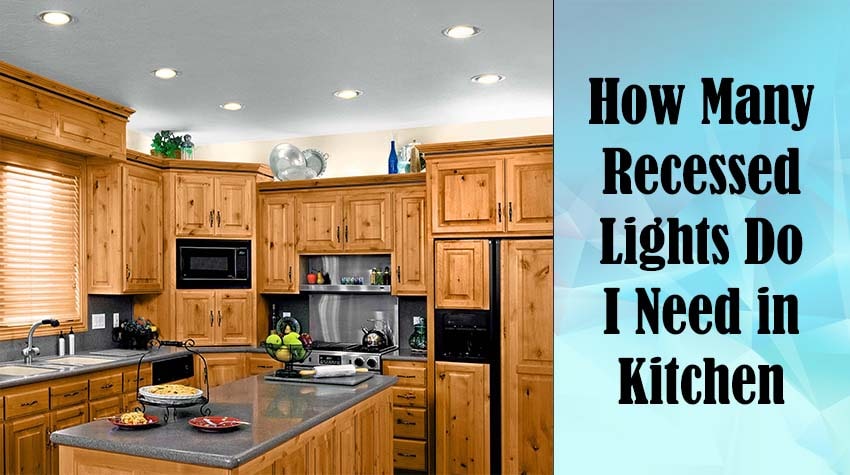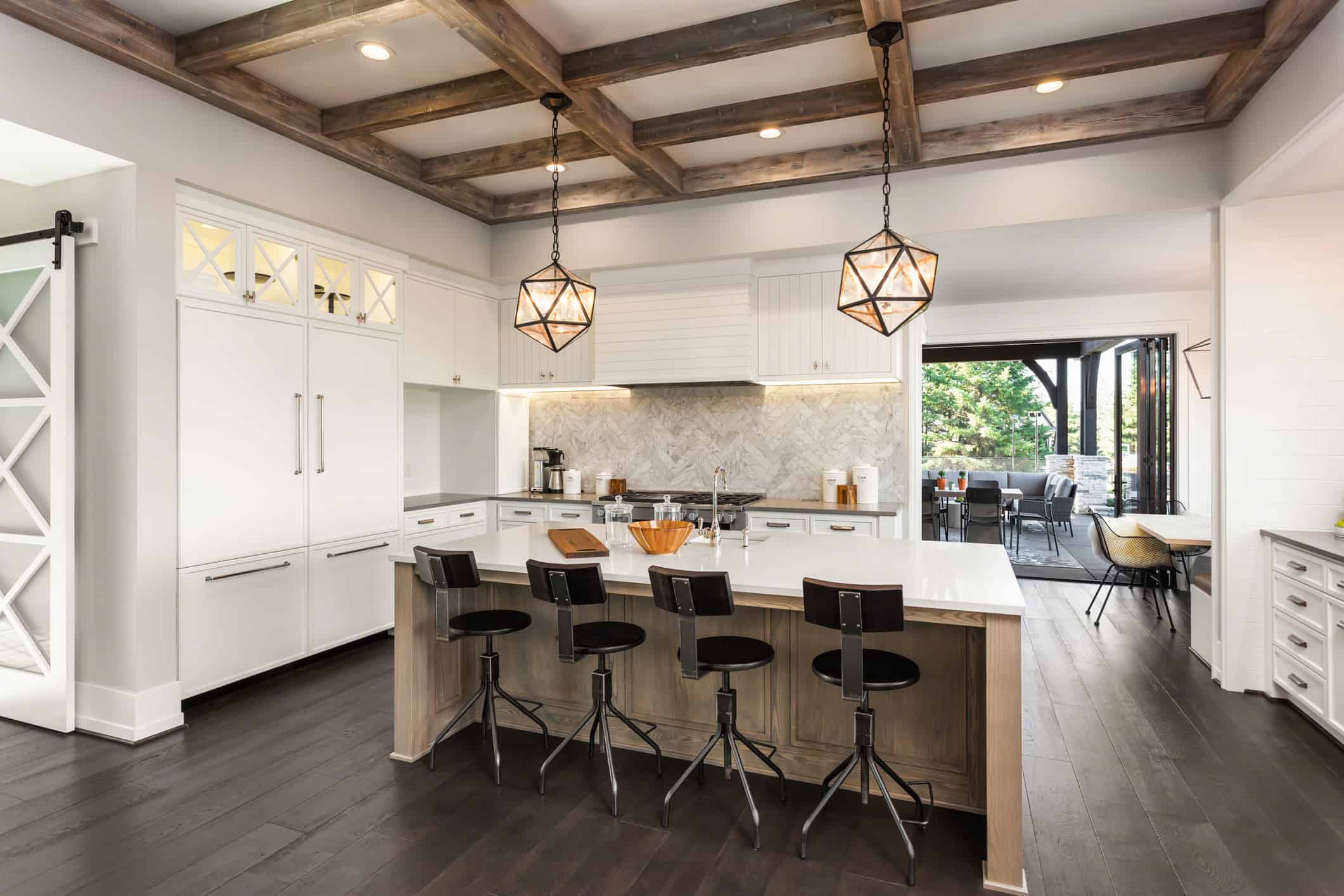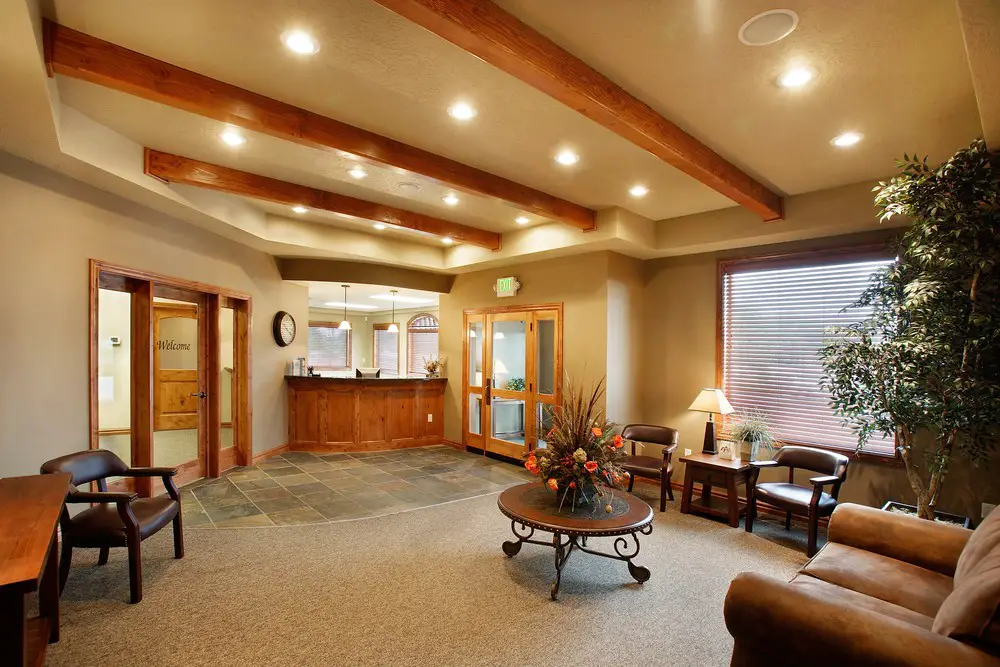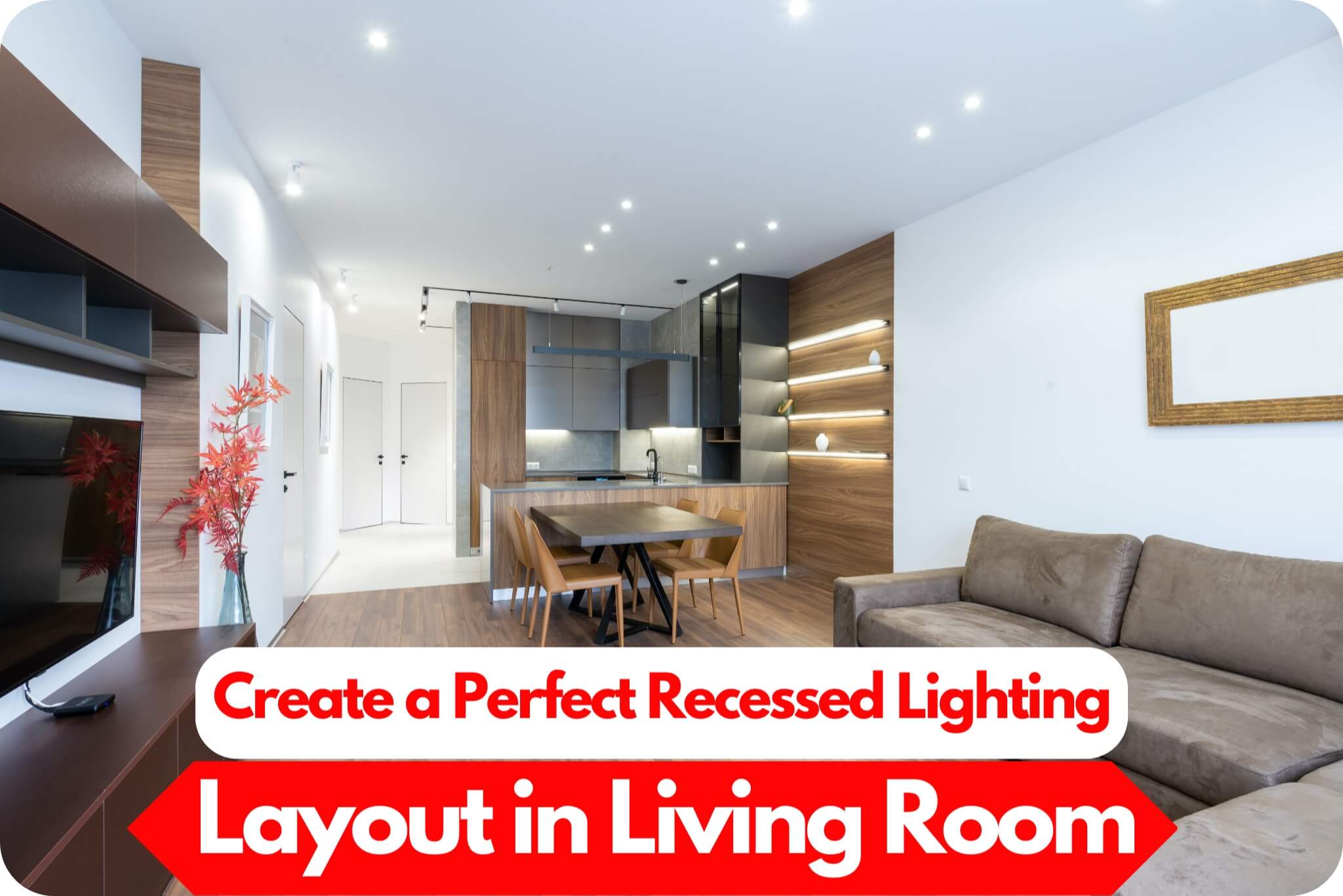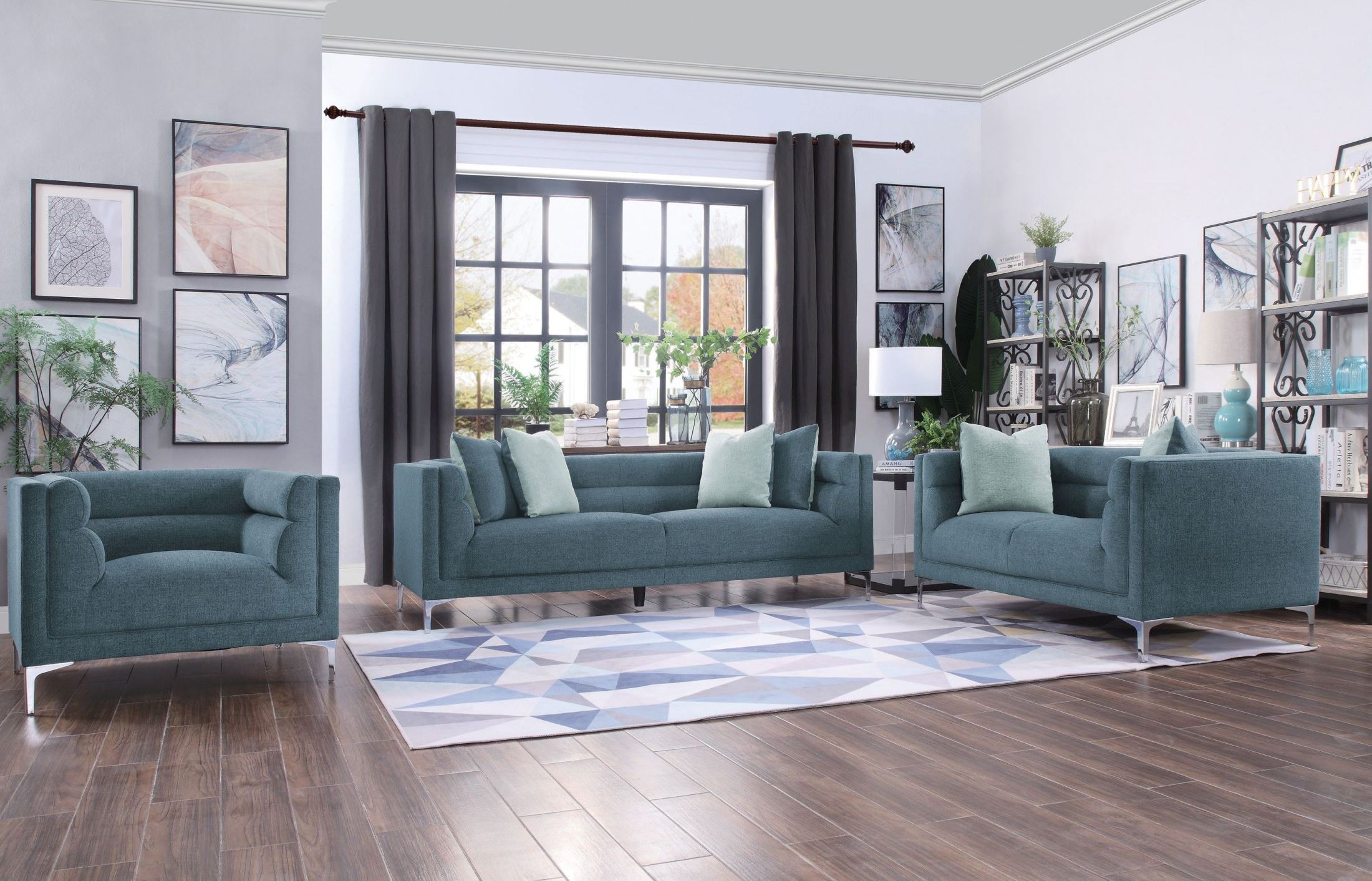Are you looking to upgrade the lighting in your living room? Recessed lighting is a popular choice for its sleek and modern look. Not only does it add a touch of style to your space, but it also provides functional and versatile lighting options. In this article, we will discuss the top 10 things you need to know about adding recessed lighting to your living room.How to Add Recessed Lighting to Your Living Room
Before you start the process of adding recessed lighting to your living room, it's important to have a plan in place. Consider the layout of your room and the areas that would benefit from additional lighting. A few popular recessed lighting ideas for living rooms include creating a focal point with accent lights, illuminating dark corners, and adding task lighting for specific areas such as a reading nook or work space.Recessed Lighting Ideas for Living Room
If you're feeling handy, you may choose to install recessed lighting in your living room yourself. This can save you money on professional installation fees, but it's important to educate yourself on the process before starting. There are many helpful DIY guides and tutorial videos available online to guide you through the process step-by-step.DIY Guide for Installing Recessed Lighting in Living Room
The placement of your recessed lighting is crucial to achieving the desired effect. A general rule of thumb is to space the lights about 4-6 feet apart for even distribution of light. Additionally, consider the height of your ceiling and the size of your room when determining the best placement for your recessed lights.Best Placement for Recessed Lighting in Living Room
The cost of adding recessed lighting to your living room will vary depending on the size of your room, the type of lighting you choose, and whether you hire a professional or DIY. On average, homeowners can expect to spend between $300-$800 for a basic installation. If you are adding multiple lights or choosing higher-end fixtures, the cost can increase significantly.Cost of Adding Recessed Lighting to Living Room
We've briefly touched on the DIY option for adding recessed lighting to your living room, but let's break it down into a step-by-step guide for those who are interested in tackling this project themselves. Step 1: Determine the location of your lights and mark them on the ceiling. Step 2: Use a stud finder to locate any ceiling joists that may interfere with your installation. Step 3: Cut holes in the ceiling for your lights using a hole saw. Step 4: Wire the lights according to the manufacturer's instructions. Step 5: Secure the lights into the ceiling and attach the trim. Step 6: Turn on the power and test the lights before covering the holes with ceiling plates. Step 7: Enjoy your newly installed recessed lighting!Step-by-Step Guide for Adding Recessed Lighting to Living Room
There are a variety of recessed lighting options to choose from, including different sizes, shapes, and styles. It's important to consider the overall aesthetic of your living room and choose a type of recessed lighting that complements it. You may also want to consider energy-efficient options such as LED lights, which can save you money on your electricity bill in the long run.Choosing the Right Type of Recessed Lighting for Your Living Room
In addition to its modern and sleek appearance, recessed lighting offers many benefits for your living room. It can help to create a more open and spacious feel, as well as provide more even lighting throughout the room. It also allows for more versatile lighting options, as you can choose to have all lights on or just a few for a softer ambiance.Benefits of Adding Recessed Lighting to Your Living Room
This is a common question for those considering adding recessed lighting to their living room. The answer will depend on the size and layout of your room, as well as the type of lighting you are looking to achieve. A professional lighting designer can provide a more precise answer, but as a general guideline, a 12x12 foot room may need 4-6 lights and a larger 20x20 foot room may require 8-10 lights.How Many Recessed Lights Do I Need in My Living Room?
When it comes to the layout of your recessed lighting, there are a few tips and tricks to keep in mind. Avoid placing lights too close to walls or corners, as this can create harsh shadows. Additionally, consider layering your lighting by adding a combination of recessed lights, floor lamps, and table lamps for a more balanced and inviting atmosphere. Now that you know the top 10 things to consider when adding recessed lighting to your living room, you can confidently make decisions that will enhance the overall look and feel of your space. Remember to always prioritize safety and consult a professional if you are unsure about any aspect of the installation process. With the right lighting, your living room can become a cozy and inviting sanctuary for you and your family to enjoy. Tips for Choosing the Perfect Recessed Lighting Layout for Your Living Room
Benefits of Adding Recessed Lighting to Your Living Room

Enhances the Aesthetic Appeal
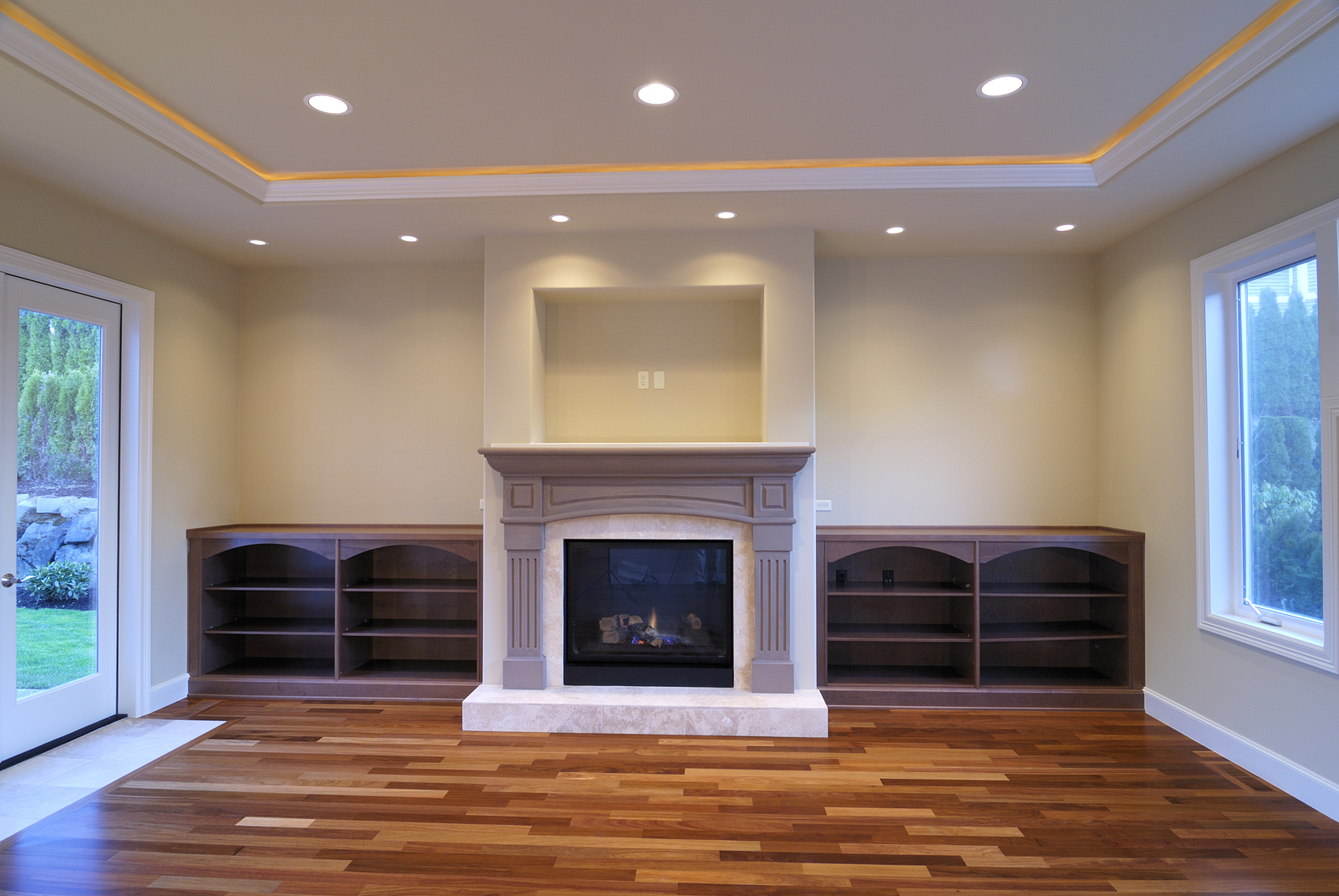
Recessed lighting has become increasingly popular in modern house design. It is a sleek and stylish way to add a touch of sophistication to any living room. The clean lines and minimalistic design of recessed lighting can give your living room a more polished and modern look. With various options for color temperature, beam angle, and trim finishes , you can customize the lighting to suit your personal style and enhance the overall aesthetic of your living room.
Creates an Illusion of Space
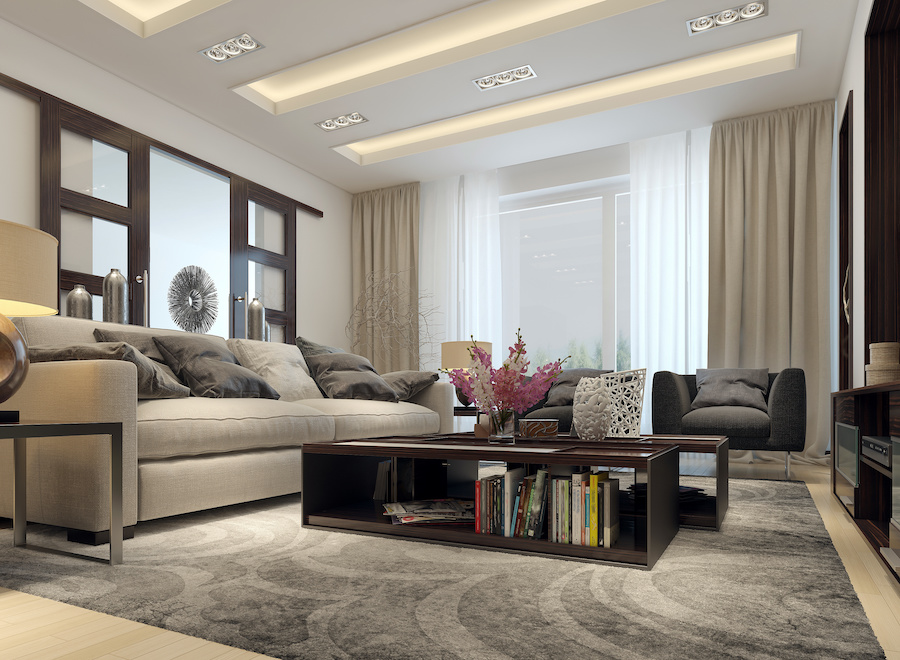
One of the biggest advantages of recessed lighting is that it can create an illusion of more space in a room. By removing bulky and traditional light fixtures, recessed lighting frees up visual space and makes the room appear larger. This is particularly beneficial for smaller living rooms or those with lower ceilings, as traditional light fixtures can make the room feel cramped and smaller. With recessed lighting, the focus is on the light and not the fixture , making the room feel more spacious.
Provides Versatile Lighting Options

Recessed lighting offers a versatile lighting solution for your living room. It can be used as ambient lighting to provide overall illumination, task lighting to highlight specific areas or objects, and accent lighting to create a focal point or add drama to the room. With the use of dimmer switches , you can also control the intensity of the light to create different moods in your living room. This makes recessed lighting a practical and functional addition to any living room.
Increases Energy Efficiency

Recessed lighting is a more energy-efficient option compared to traditional light fixtures. LED bulbs used in recessed lighting consume significantly less energy and have a longer lifespan. This means you can save on your electricity bill and reduce your carbon footprint by switching to recessed lighting in your living room. Additionally, with the use of smart home technology , you can control your recessed lighting remotely and schedule it to turn on and off, further increasing energy efficiency.
In conclusion, adding recessed lighting to your living room not only enhances its overall aesthetic appeal but also provides practical and functional benefits. It creates an illusion of more space, offers versatile lighting options, and increases energy efficiency. With various customization options and the ability to integrate with smart home technology, recessed lighting is a must-have for any modern and stylish living room.




